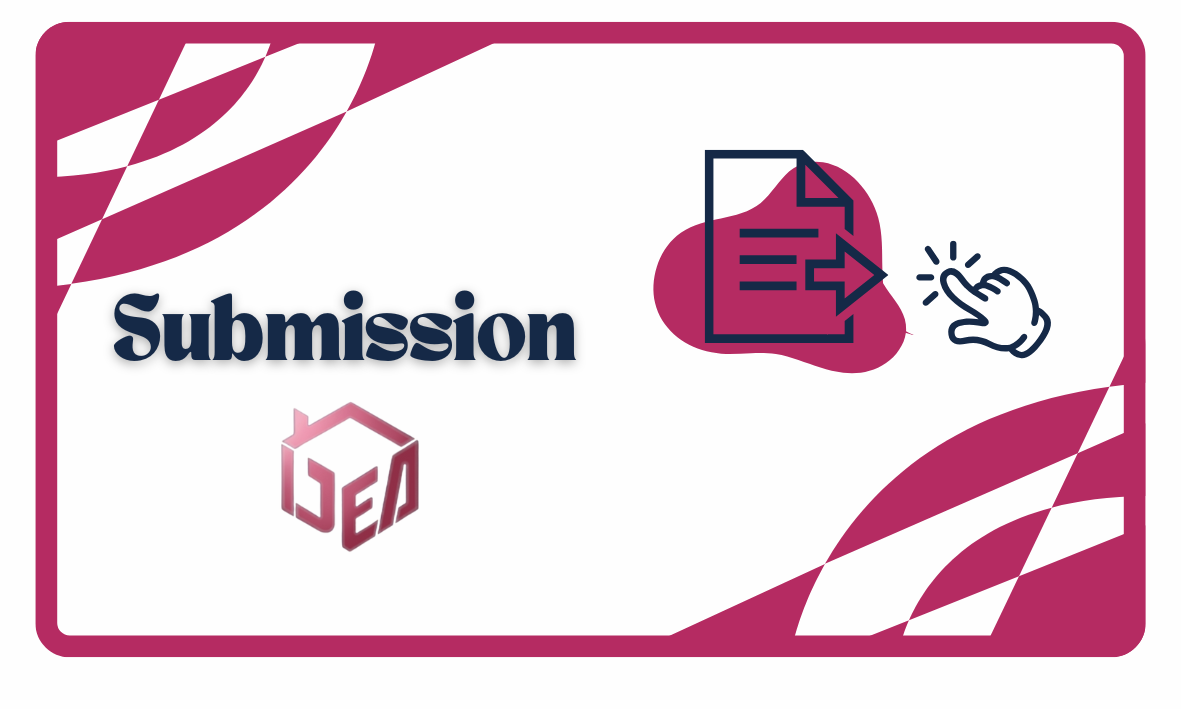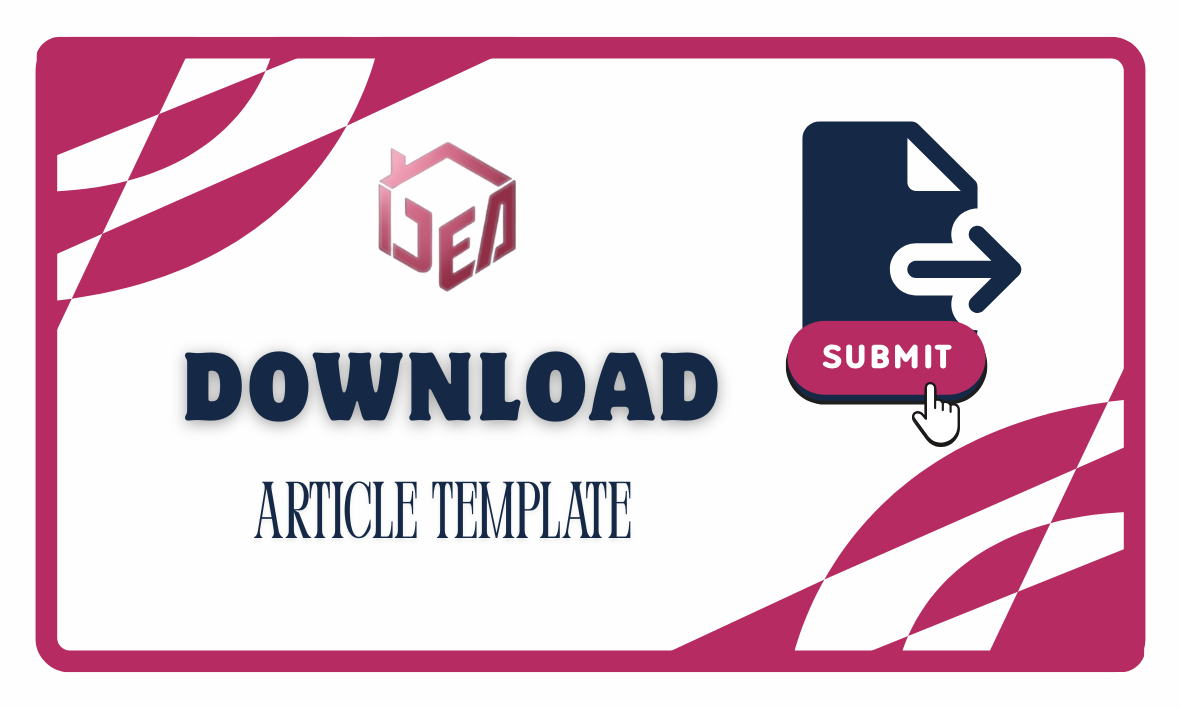Implementing the Zachman Framework to Optimize Business Process Management in Gaming Applications
DOI:
https://doi.org/10.61220/ijea.v2i1.0245Keywords:
Zachman framework, business process management, gaming applicationsAbstract
The gaming industry has witnessed rapid growth over the past few decades. Games are no longer perceived solely as entertainment but have evolved into a significant revenue-generating industry. One popular game, Hayday, offers an engaging experience centered on farming and business. To enhance business process management within the game, the concept of Enterprise Resource Planning (ERP) is highly relevant. This paper explores the implementation of enterprise architecture based on the Zachman Framework within the context of Hayday. The Zachman Framework serves as a structured methodology to design and manage enterprise architecture effectively. By leveraging the framework, organizations can map various perspectives into a comprehensive 6x6 matrix, enabling a deeper understanding of their enterprise architecture. This study adopts a case study approach using qualitative methods. The findings and discussion elaborate on the implementation of the Zachman Framework in the Hayday game application across six key perspectives: data, process, location, people, time, and motivation. This implementation aims to optimize business process management in the game and to lay the groundwork for the development of suitable ERP software.
References
Bondar, S., Chalyi, Y., & Panetto, H. (2017). Agile digital transformation of System-of-Systems architecture models using Zachman framework. Journal of Industrial Information Integration, 7, 33–43. https://doi.org/10.1016/j.jii.2017.02.002
Duarte Gonçalves, L. F. (2021). Enterprise architecture for high flexible and agile company in automotive industry. Procedia Computer Science, 192, 1077–1082. https://doi.org/10.1016/j.procs.2021.08.110
Dumitriu, D., & Anton, M. A.-M. (2020). Enterprise architecture framework design in IT management. Procedia Manufacturing, 46, 932–940. https://doi.org/10.1016/j.promfg.2020.03.134
Kornyshova, E., & Barrios, J. (2020). Industry 4.0 impact propagation on enterprise architecture models. Procedia Computer Science, 176, 2497–2506. https://doi.org/10.1016/j.procs.2020.09.320
Kornyshova, E., & Deneckère, R. (2022). A proposal of a situational approach for enterprise architecture frameworks: Application to TOGAF. Procedia Computer Science, 196, 3499–3506. https://doi.org/10.1016/j.procs.2021.12.373
Landoni, P., Dell’Era, C., Frattini, F., & Verganti, R. (2020). Business model innovation in cultural and creative industries: Insights from three leading mobile gaming firms. Technovation, 92–93, 102084. https://doi.org/10.1016/j.technovation.2019.102084
Lnenicka, M., & Komarkova, J. (2019). Developing a government enterprise architecture framework to support the requirements of big and open linked data with the use of cloud computing. International Journal of Information Management, 46, 124–141. https://doi.org/10.1016/j.ijinfomgt.2018.12.003
Panetto, H., Zdravkovic, M., Jardim-Goncalves, R., Romero, D., Cecil, J., & Mezgár, I. (2016). New perspectives for the future interoperable enterprise systems. Computers in Industry, 79, 47–63. https://doi.org/10.1016/j.compind.2015.07.001
Dumitriu, D., & Anton, M. A.-M. (2020). Enterprise architecture framework design in IT management. Procedia Manufacturing, 46, 932–940. https://doi.org/10.1016/j.promfg.2020.03.134
Duarte Gonçalves, L. F. (2021). Enterprise architecture for high flexible and agile company in automotive industry. Procedia Computer Science, 192, 1077–1082. https://doi.org/10.1016/j.procs.2021.08.110
Kornyshova, E., & Barrios, J. (2020). Industry 4.0 impact propagation on enterprise architecture models. Procedia Computer Science, 176, 2497–2506. https://doi.org/10.1016/j.procs.2020.09.320
Kornyshova, E., & Deneckère, R. (2022). A proposal of a situational approach for enterprise architecture frameworks: Application to TOGAF. Procedia Computer Science, 196, 3499–3506. https://doi.org/10.1016/j.procs.2021.12.373
Panetto, H., Zdravkovic, M., Jardim-Goncalves, R., Romero, D., Cecil, J., & Mezgár, I. (2016). New perspectives for the future interoperable enterprise systems. Computers in Industry, 79, 47–63. https://doi.org/10.1016/j.compind.2015.07.001
Landoni, P., Dell’Era, C., Frattini, F., & Verganti, R. (2020). Business model innovation in cultural and creative industries: Insights from three leading mobile gaming firms. Technovation, 92–93, 102084. https://doi.org/10.1016/j.technovation.2019.102084
Liu, H. X., & Hu, J. (2023). A design strategy for Geo AR mobile game sustainable success emphasizing game completeness. Entertainment Computing, 45, 100569. https://doi.org/10.1016/j.entcom.2023.100569
Lnenicka, M., & Komarkova, J. (2019). Developing a government enterprise architecture framework to support the requirements of big and open linked data with the use of cloud computing. International Journal of Information Management, 46, 124–141. https://doi.org/10.1016/j.ijinfomgt.2018.12.003
Jiang, H., & Ma, J. (2022). Game between the third party payment service provider and bank in mobile payment market. IFAC-PapersOnLine, 55(10), 3058–3063. https://doi.org/10.1016/j.ifacol.2022.09.497
Lee, J., & Shin, J. (2020). The impact of multimarket competition on innovation strategy: Evidence from the Korean mobile game industry. Journal of Open Innovation: Technology, Market, and Complexity, 6(4), 14. https://doi.org/10.3390/joitmc6040141
Lnenicka, M., & Komarkova, J. (2019). Developing a government enterprise architecture framework to support the requirements of big and open linked data with the use of cloud computing. International Journal of Information Management, 46, 124–141. https://doi.org/10.1016/j.ijinfomgt.2018.12.003
Landoni, P., Dell’Era, C., Frattini, F., & Verganti, R. (2020). Business model innovation in cultural and creative industries: Insights from three leading mobile gaming firms. Technovation, 92–93, 102084. https://doi.org/10.1016/j.technovation.2019.102084
Downloads
Published
Issue
Section
License
Copyright (c) 2024 Ilma Wulansari Hasdiansa, Sitti Hasbiah (Author)

This work is licensed under a Creative Commons Attribution-ShareAlike 4.0 International License.





















 Email : ijea@lontaradigitech.com
Email : ijea@lontaradigitech.com
